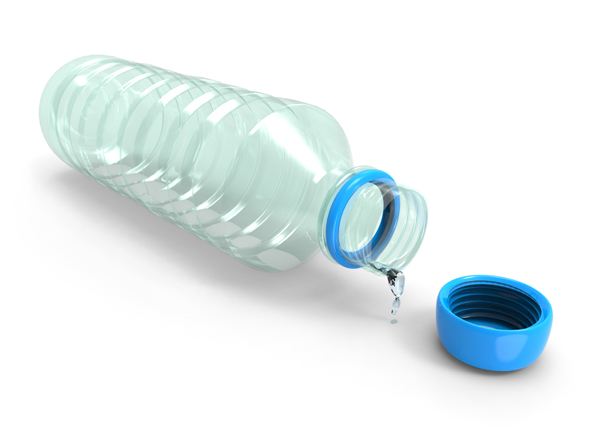To detox or not to detox? That is the question I had for Gerard Mullin, MD of Johns Hopkins University as he spoke about nutritional detoxification at the 2025 Food & Nutrition Conferences and Expo a few weeks ago.
Dr. Mullin said that toxins are everywhere – in the food we eat, the air we breathe, and the things we touch.
Bisphenol A (BPA), a carcinogen, is in plastics, dental sealants, canned food linings, and cash register receipts.
Phthalates, other carcinogens, are found in fatty milk, butter and meats, along with personal care products, detergents, children’s toys, printing inks, and more.
Heavy metals, like arsenic, mercury and lead, are in food, batteries, paints, plastics, and fertilizers.
For the most part, toxins are “endocrine disruptors” that change the way our hormones regulate bodily functions. In animal studies, endocrine disruptors are linked to cancers, birth defects, diabetes, and other diseases. What is worse is that, when they work together, the sum of their actions is greater than the whole, and they are stored practically forever in body fat. Whether or not an individual develops a problem depends on genetics, level of exposure, and the quality of nutrients in the diet.
Our liver is tasked with removing of toxins from the body. It works by way of enzymes that drive biochemical reactions. Those processes are very nutrient intensive: the liver uses lots of calories and nutrients – vitamins C and E, zinc, copper, selenium, carotenoids, and polyphenols – to do its work. Furthermore, intestinal bacteria have a role in detoxification too as they perform additional detox reactions and aid in eliminating toxic wastes.
Dr. Mullin stated firmly that detox rituals and fasts do not work; in fact, they actually increase circulating toxins. Fasting leads to fat breakdown and the release of stored toxins, and because fasting often interferes with normal excretion, more toxins are retained.
To lessen the toxic burden, minimize exposure and enhance nutrient intake. Avoid cigarette smoke and charred meat, scrub food well, and choose organic versions of the Dirty Dozen plant foods. Eat fewer fish that contain PCBs and mercury, avoid toxic household cleaners, building materials, wall-to-wall carpets, use BPA-free food cans and water bottles, and do not microwave plastics. Also, drink less alcohol and eat generous portions of medicinal foods.
Optimize natural detoxification by eating the following whole foods:
- Alliums in garlic and onions
- Ellagic acid in berries, walnuts and pomegranate
- Sulforaphane and indoles in broccoli and cruciferous vegetables
- Catechins in green tea
- Curcumin in turmeric
- Quercetin and resveratrol in purple produce
- Lignans in seeds, high fiber foods, and the herbs rosemary and cardamom
In the end, a varied plant-based diet eaten everyday is the best detox of all. Since we never know who will be most susceptible, precaution is the rule.
The Environmental Working Group publishes the best guide to problematic hormone-altering chemicals.
Also Read:
Hormones in Food: The Good, the Bad, and the Potentially Dangerous

